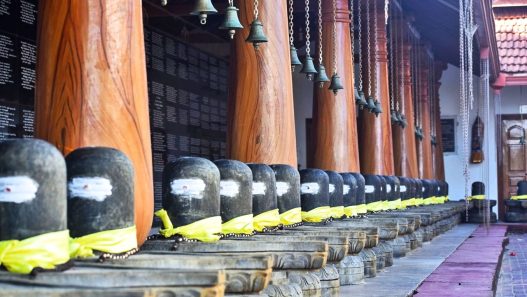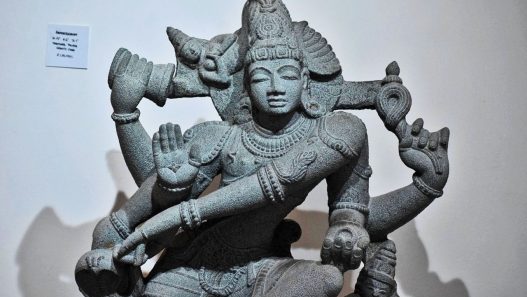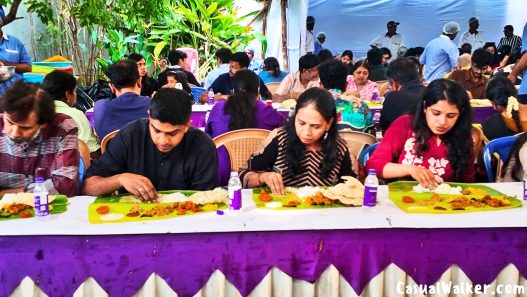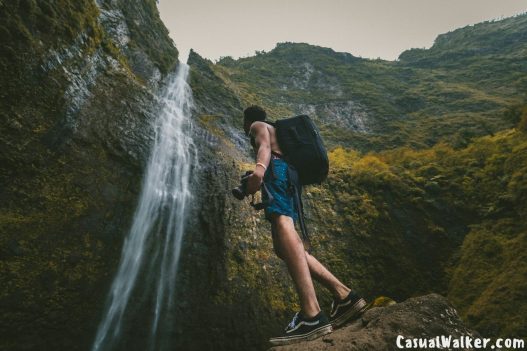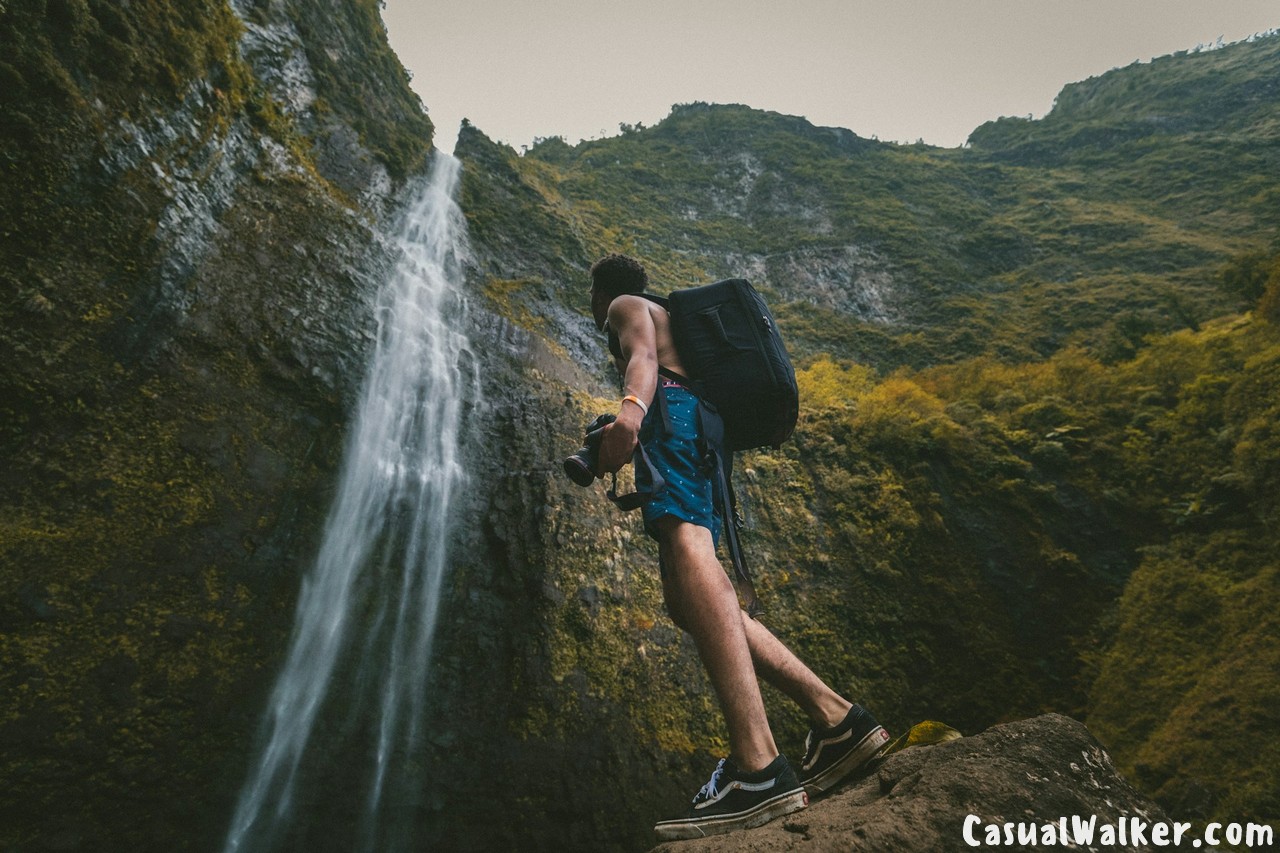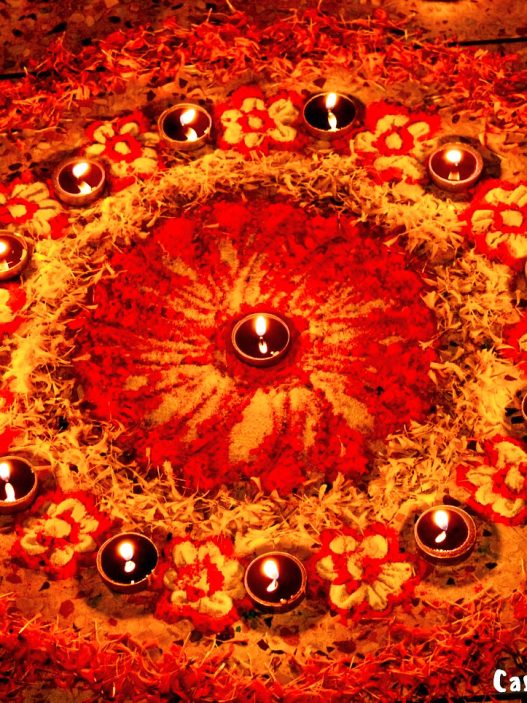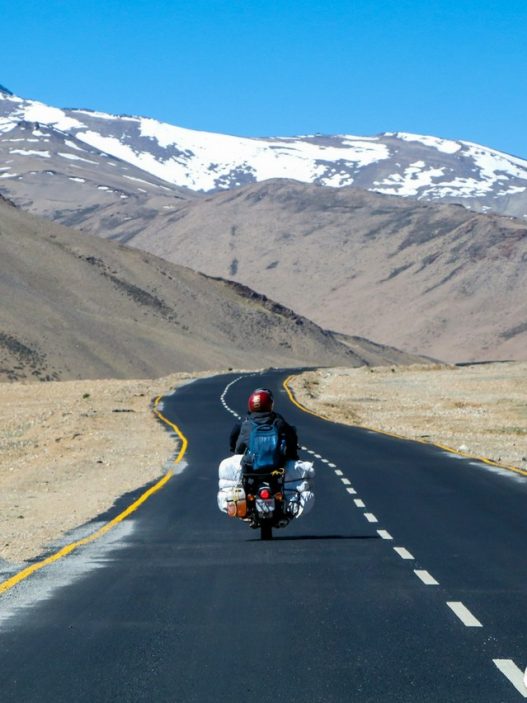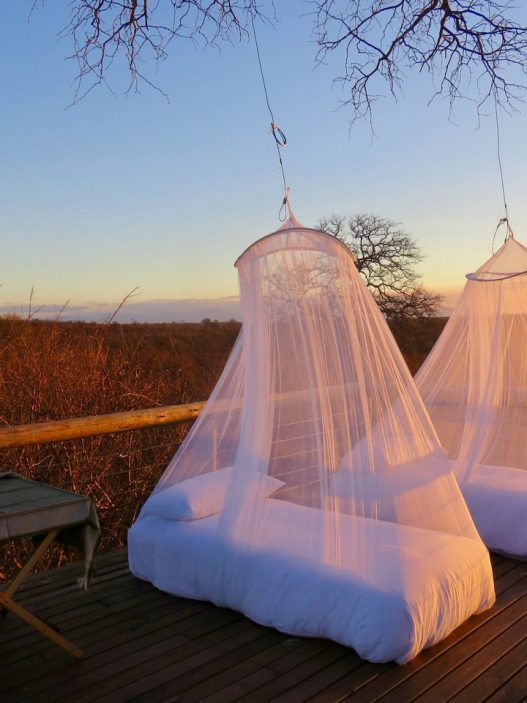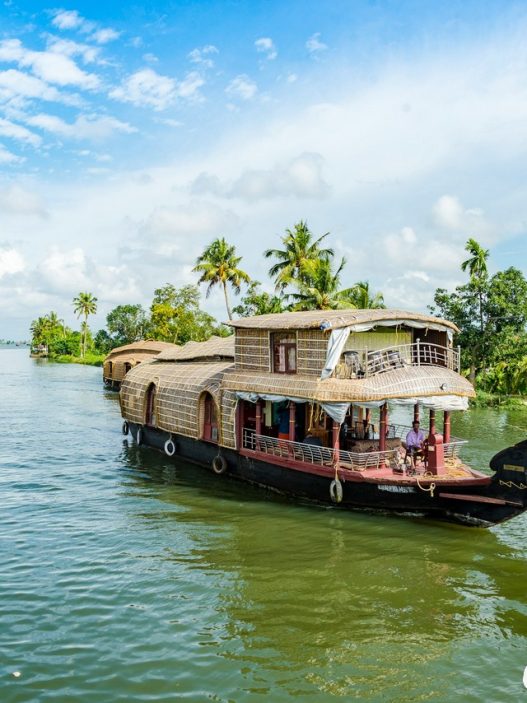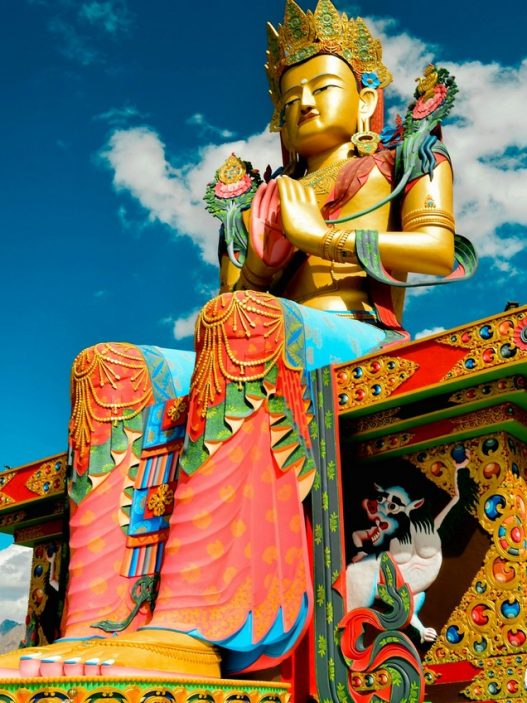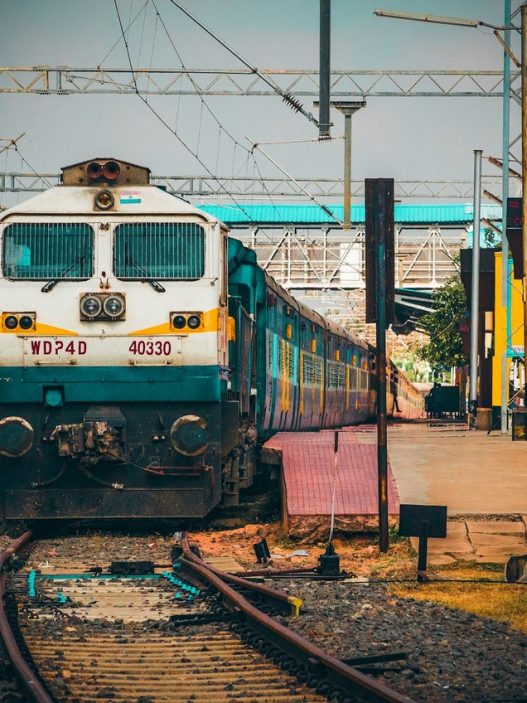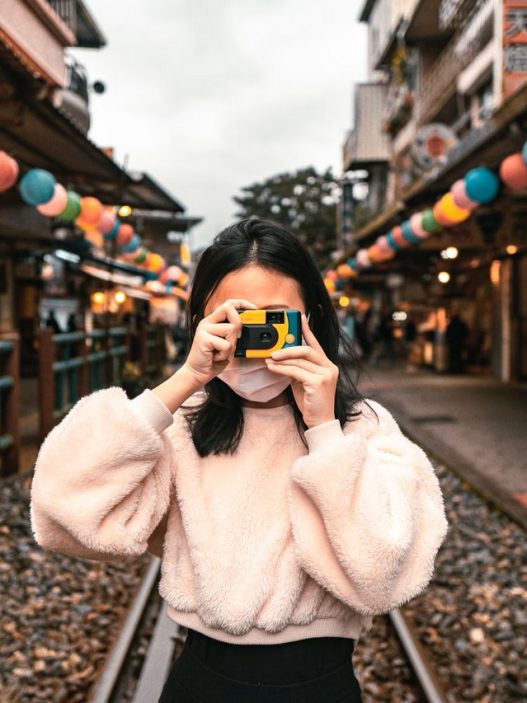Working with Film for Travel Photography: Blending Nostalgia & Modernity
– blend nostalgia and modernity in film photography

Over the past decade, there’s been a renewed fascination with all things vintage: record players, 80s and now 90s fashion, and, most of all, film photography. Film is particularly popular among travellers, who use the medium to capture their memories more intentionally and authentically.
But despite the interest in all things vintage, many amateur travel photographers wonder if they can blend the charm of analog film with the modern, polished aesthetic of social media. You’ll be happy to hear that with the right approach (and tools), this melding of the old and new can be achieved with the most mesmerisingly timeless results.
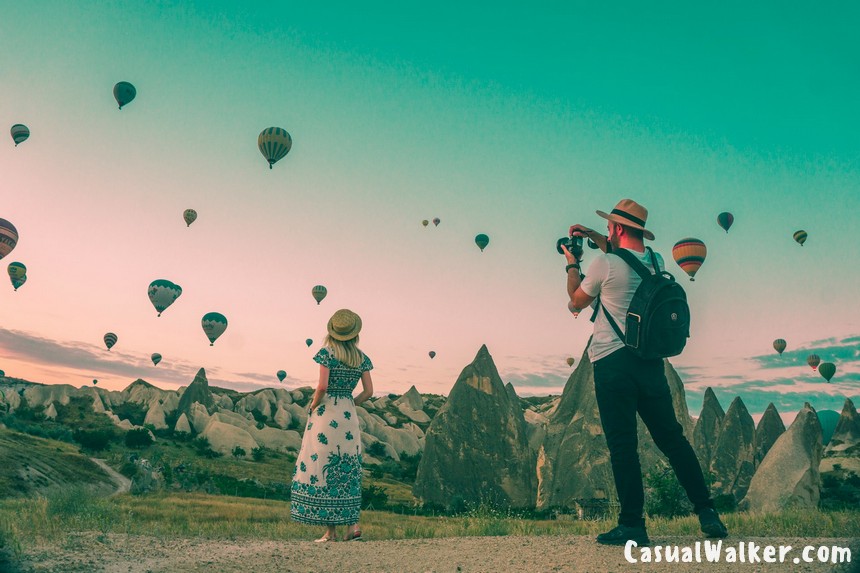
Today, we’ll explain how to blend nostalgia and modernity in your film photography, preserving the unique imperfections that make film special while also removing spots from your photos.
Understanding the Timeless Appeal of Film
Film resonates with travellers in a way that digital photography simply can’t. Film photography is a slower, more intentional process, and each print is like a keepsake, a physical souvenir from your trip.
There’s a notable aesthetic difference between a film photo and a smartphone snap, with film bringing a gorgeous grain, warm tone, and imperfections that feel more authentic than perfectly filtered digital pictures.
There is also a process to film photography that gets lost when we move to digital – the installation of film, the time spent focusing the lens, the printing and the physical keepsake all make for a more compelling experience.
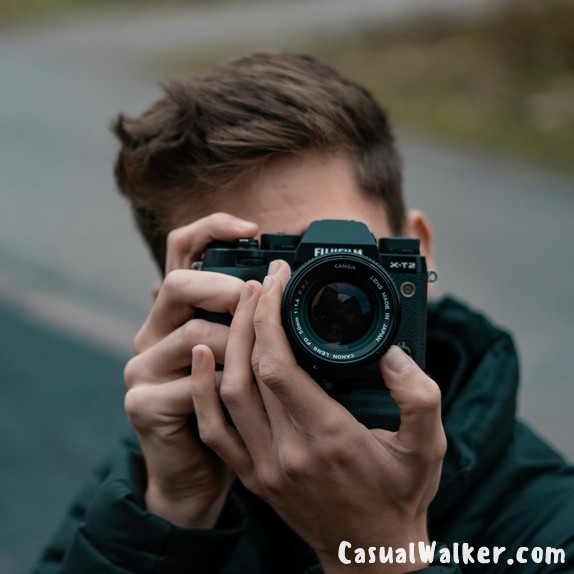
Tackling the Modern Challenges of Film Photography
While film is an alluring option for travel photographers, the analog format comes with some practical hurdles. First, film cameras require film rolls, and most travellers can only carry so many rolls, limiting the number of photos you can take. They can also be fiddly to replace on the go, which can be a concern for street photography.
Furthermore, film rolls are an expensive and niche product, making it challenging to purchase them while on the move. Alongside this, film doesn’t offer instant gratification. The need to develop film photos means that you’ll have a longer wait time between snapping a scene and enjoying the fruits of your labour.
To mitigate these challenges, consider preplanning photos to avoid waste, putting visits to film shops in your travel itinerary, and taking some digital photos to satisfy you until you can develop your film. Please note that the physical nature of film makes it uniquely vulnerable to damage from dust, scratches, light leaks, and sun spots.
Remember too that editing or improving these flaws while travelling takes significant effort. You’ll need to digitise the film and utilise editing software on a smartphone or laptop, so plan accordingly.
Digitising Film to Blend Nostalgia and Tradition
Blending your film photography with modern technology is key to sharing your photos on social media or creating an online portfolio. Technology offers a unique way to preserve your film photos eternally and make minor tweaks with editing software, striking a balance between modern sharpness and the vintage charm of film.
To digitise your film photos, you’ll need to scan your negatives or prints for editing or sharing online. You can do this with just a light source, a free scanning app, and your smartphone. Simply place your negative or print on a light source, use the scanning app to capture the image, and then you can edit or share it as you like!
Preserving the Look Without Losing Quality
So, we’ve talked in detail about combining digital editing with old school film, but what’s the best way to do so? It can be tempting to over-edit your pictures when fiddling around with tools, but you should do your best to restrain yourself. Good editing will maintain the grain and rich tones that make film special, adjusting to enhance the image without robbing it of its character.
For instance, you can correct exposure and contrast to bring out the details, crop or sharpen to focus on the subject, and selectively remove imperfections to keep the photo’s authenticity. Remember, imperfections are one of the most beautiful aspects of film photography, so use tools to remove spots from your photos only when a flaw distracts from the photo’s story.
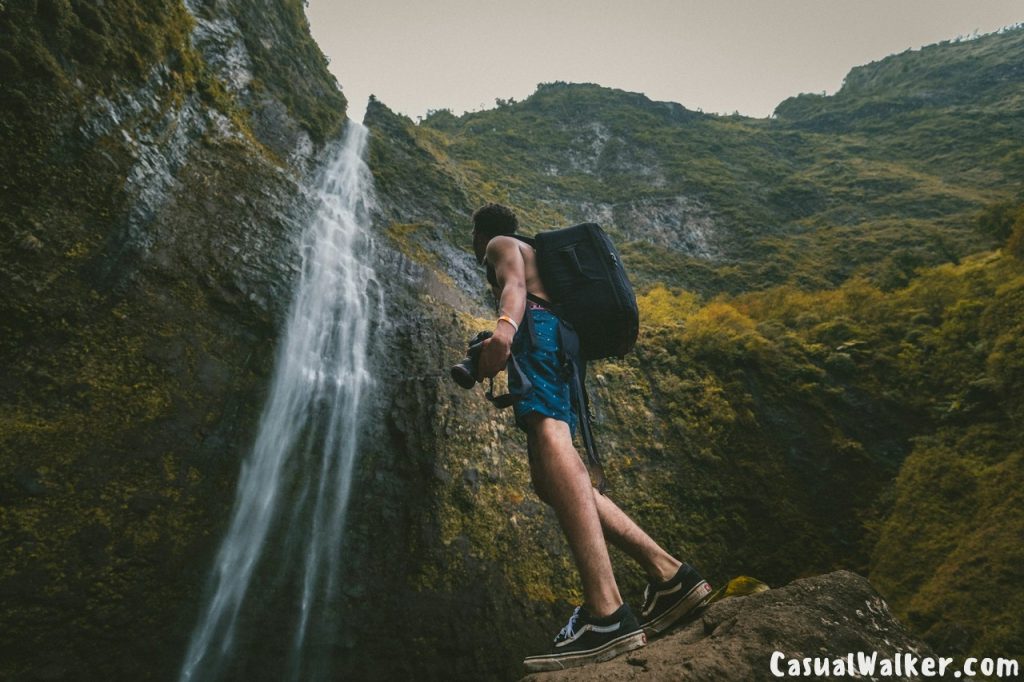
Enhancing Travel Photos With Online Tools
You don’t need expensive software to edit film photos when travelling. Reputable names in photo editing, like Adobe Photoshop or even Adobe Express, offer smartphone apps and online editing that make enhancing your travel photography easy. They’re designed to be easy to use, so once you upload the photos, you can play around with the image editing settings until you land on your dream shot.
These programs are free (or low-cost), but advanced enough for removing spots, adjusting white balance, and tweaking saturation. Use them well, and your photos will maintain the feel of film with a modern polish, as easy as one, two, three.
Storytelling Through Blended Photography
When sharing your travel photography on social media or in an online portfolio, it’s essential to create a cohesive narrative. Combine your film photos with digital edits (and even off-the-cuff smartphone photos!) to tell the story of your trip. Balancing analog film with digital will mirror the story of your trip. Digital reflects the curated memories, while the imperfections of film are like the less glamorous moments you’ll fondly look back on. No two photos will be the same, each capturing your experience uniquely and authentically.
Film photography takes a bit more planning when you’re travelling, but it has an enduring appeal that makes the effort worth it. Modern tools help bring film’s vintage vibes into a world where social media and online portfolios reign. You can combine the nostalgia of film with the modern polish of technology by digitising your film photos and editing them with online software.
Remember that preserving the aesthetic of your film requires a subtle touch with these tools – imperfections are part of the charm, so don’t overdo it. Make film a part of the larger story of your trip by combining these intentional prints with spontaneous smartphone images, blending new and old to share a timeless narrative with a modern audience.



